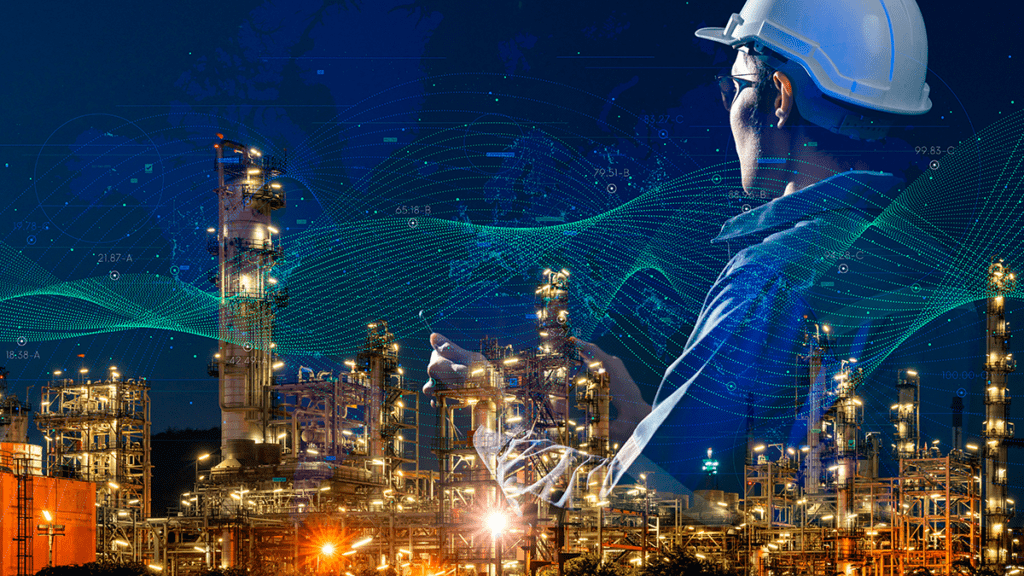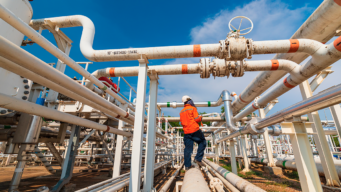The world is in a race for energy. Energy companies today are striving to create intelligent, connected, secure, responsible and scalable enterprises. Smart grids, smart oilfields, smart refineries and other ‘smart’ assets are concepts that have been around for more than 25 years, but these concepts have largely relied on information from operational technology such as sensors, automated valves and control systems. They have also relied on IT applications such as Asset Performance Management (APM) for predictive maintenance strategies and Enterprise Asset Maintenance (EAM) systems for preventative maintenance and work order management.
Although these elements are key to operating facilities, where these concepts have fallen short is in enabling the people who are tasked with engineering, installing, operating, maintaining, and supporting this equipment to work smarter and ensure it is running safely, reliably, and sustainably.
Machines—and the people who work on them—are more important than ever
Industries such as Utilities, Oil & Gas, Chemicals, Metals & Mining, and Engineering, Procurement and Construction are asset intensive and therefore machine intensive. These machines generate large amounts of data.
In fact, according to OpenTextTM CEO and CTO Mark Barrenechea, machines now generate one million times more information in one day than all humans on this planet do in an entire year. Machines are more important than ever, and this is especially true across Utilities, Oil & Gas, Chemicals, Metals & Mining, and other industrial sectors.
The machines in these industries are some of the most sophisticated machines and assets on the planet. Solar arrays, nuclear power generation facilities, deep offshore drilling platforms, Liquefied Natural Gas (LNG) facilities and other critical assets CANNOT fail.
But it’s not just the machines that are more important than ever—it’s also the people that install them, operate them, maintain them, repair them, inspect them, and everyone across the organization that support them, directly or indirectly. Employees across these industries are more important than ever to ensure that these machines safely and sustainably deliver the energy and other commodities that people rely on every day.
Re-creating a digital fabric of information
If these machines cannot fail, this means that the employees who keep this critical equipment running cannot fail either. But the information employees need to keep this critical equipment running is often stored in different siloed systems, making it difficult and time consuming to access.
Some reports estimate that up to 80% of employees’ time across the sector is spent searching through unstructured information. This is no longer acceptable.
To combat these challenges and make smart grids, smart oilfields and smart facilities work smarter, Energy corporations need to create, strengthen, and extend a digital fabric across their enterprise. This helps ensure every person and every organization is enabled to perform at their best so these critical machines can, in turn, perform at their best and deliver the energy that fuels our planet.
Creating smarter grids, smarter oilfields, smarter facilities with OpenText
Creating smarter grids, smarter oilfields, and smarter facilities requires re-creating a digital fabric of information that enables the flow of all forms of information, structured and unstructured. It requires technology that eliminates data siloes and serves up role specific, task specific, and asset specific information when it’s needed to keep this critical equipment running. With the right tools, you can have the information you need, when you need it, to work smarter and keep people, equipment, and the environment safe.
Learn more about OpenText’s solutions for Oil & Gas, Chemicals, Metals & Mining, and Engineering, Procurement and Construction.




